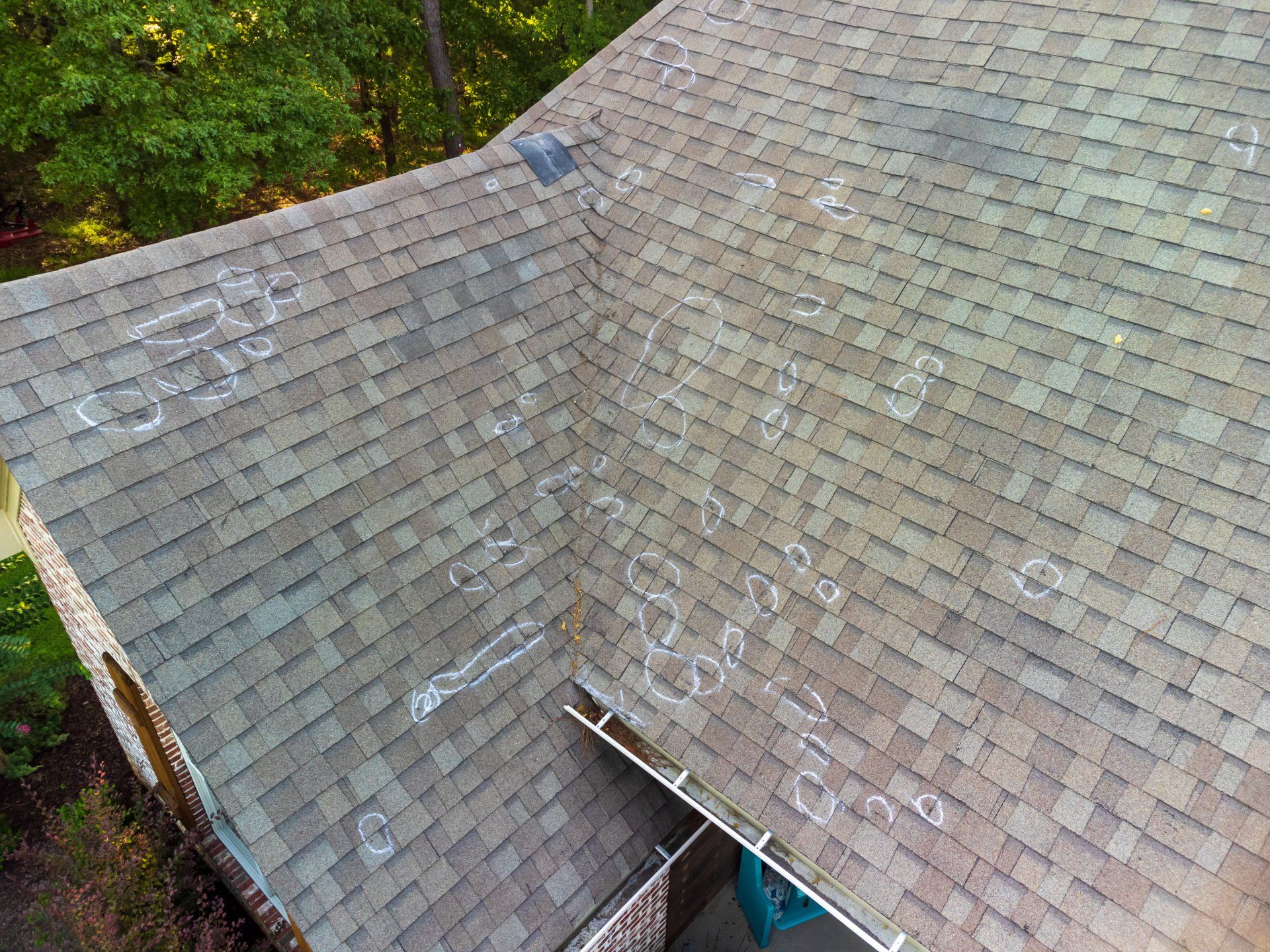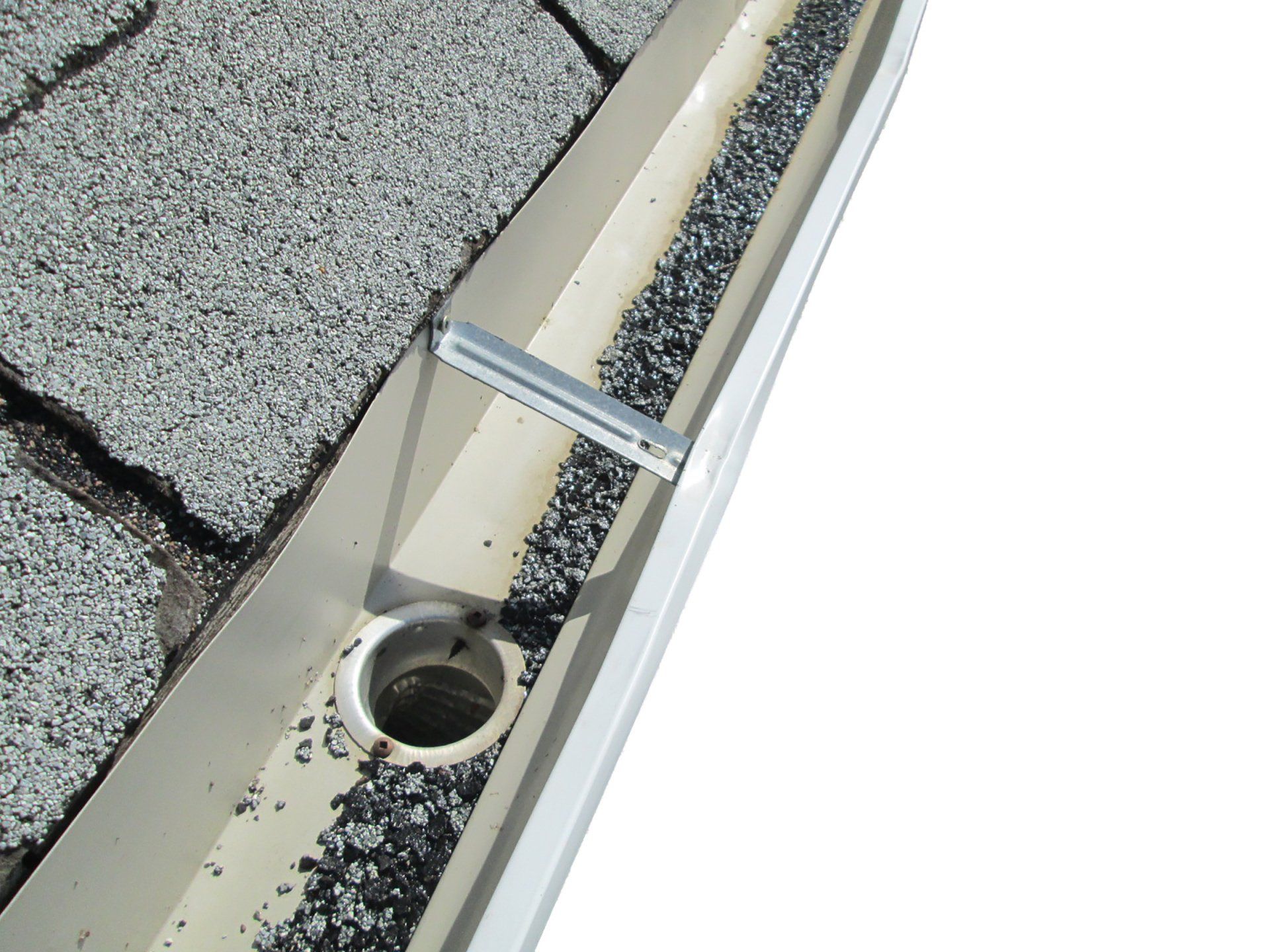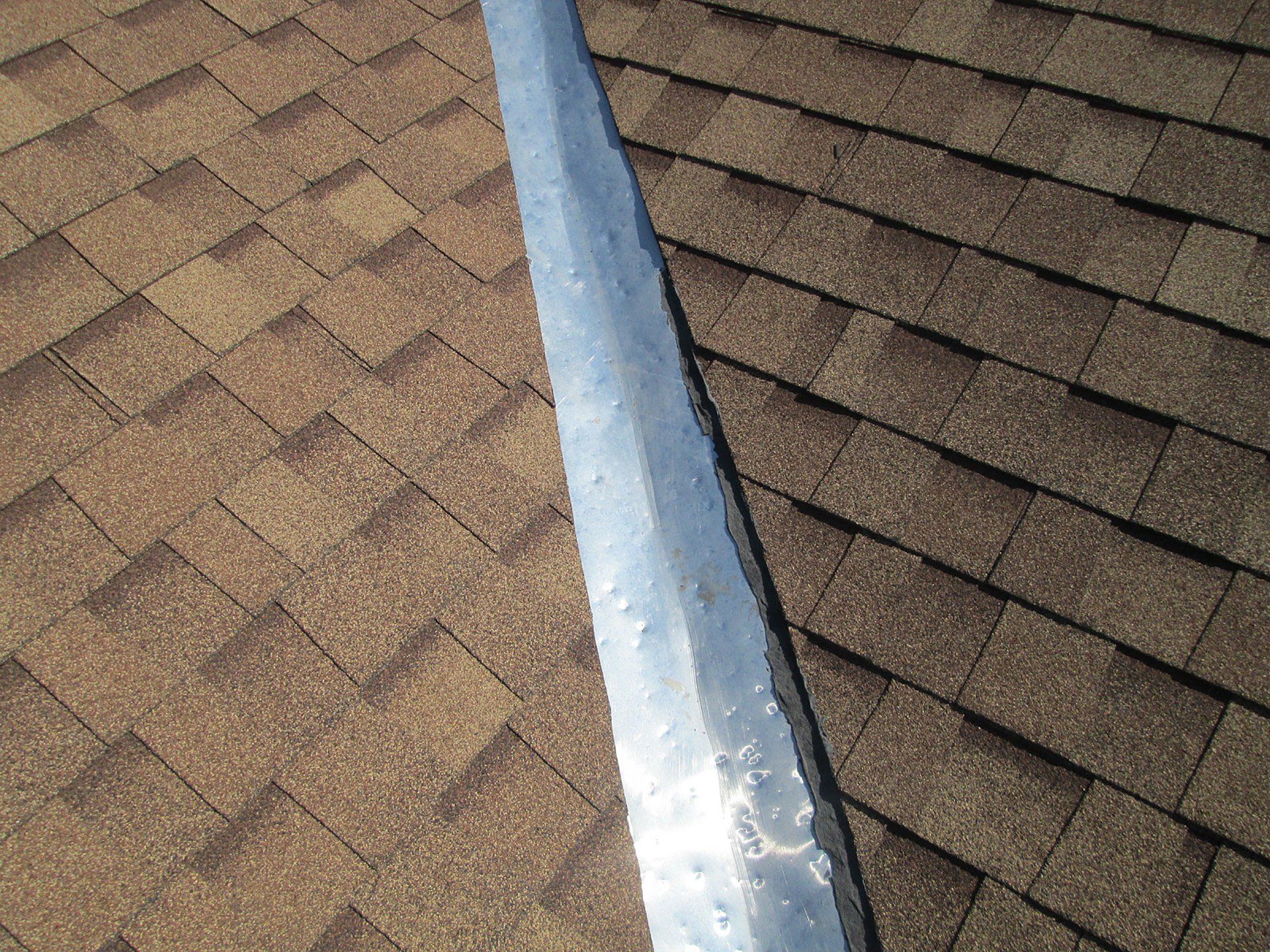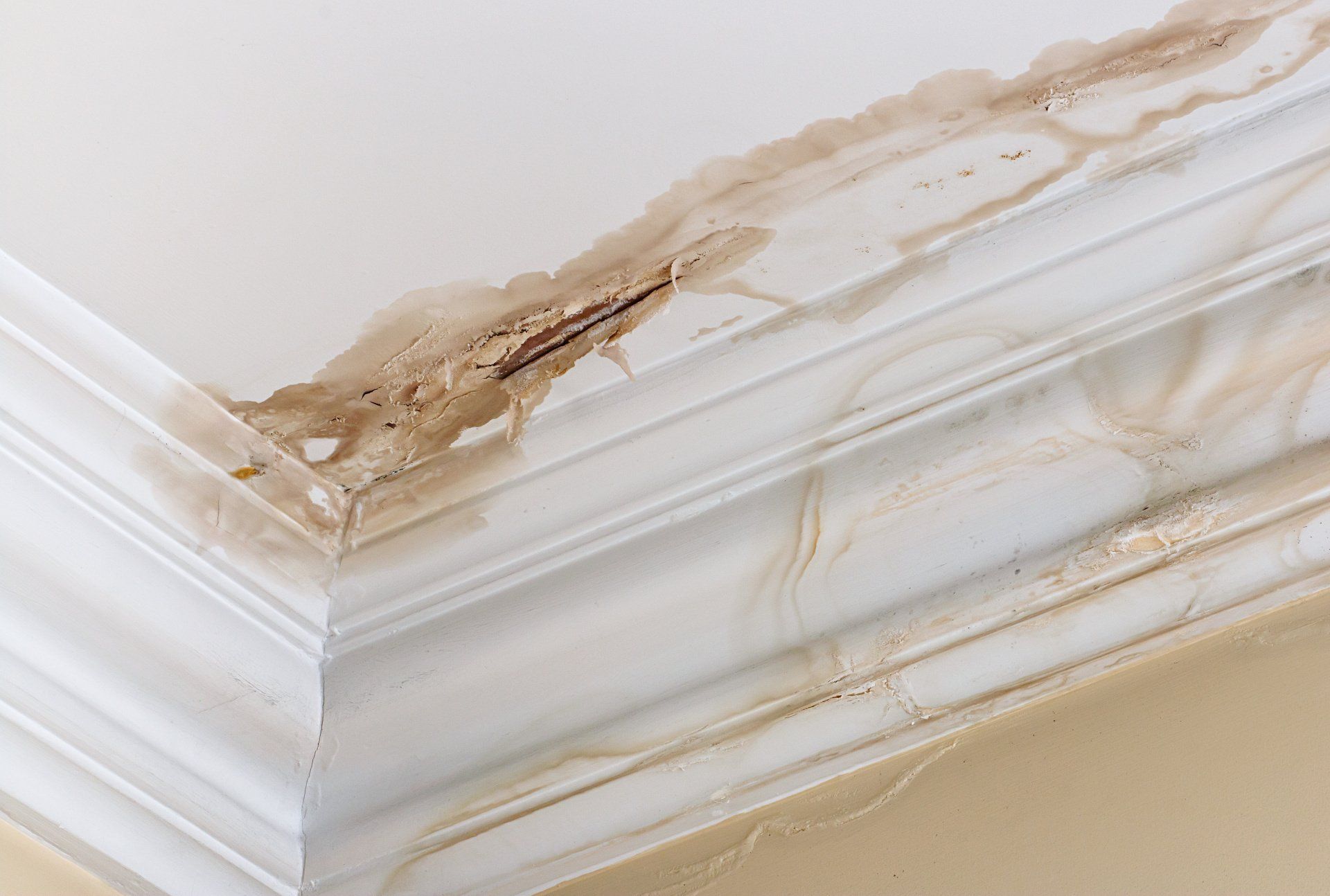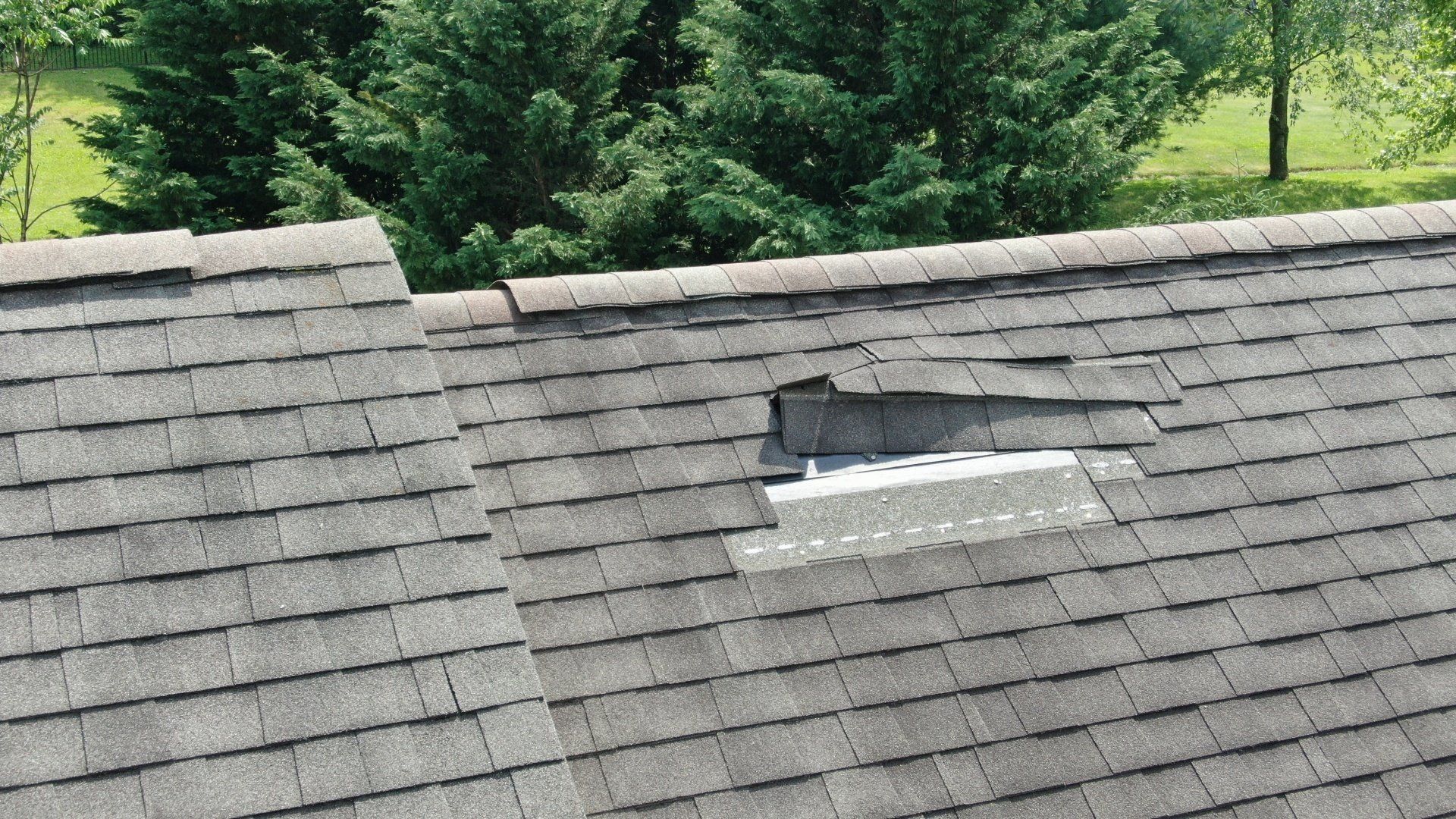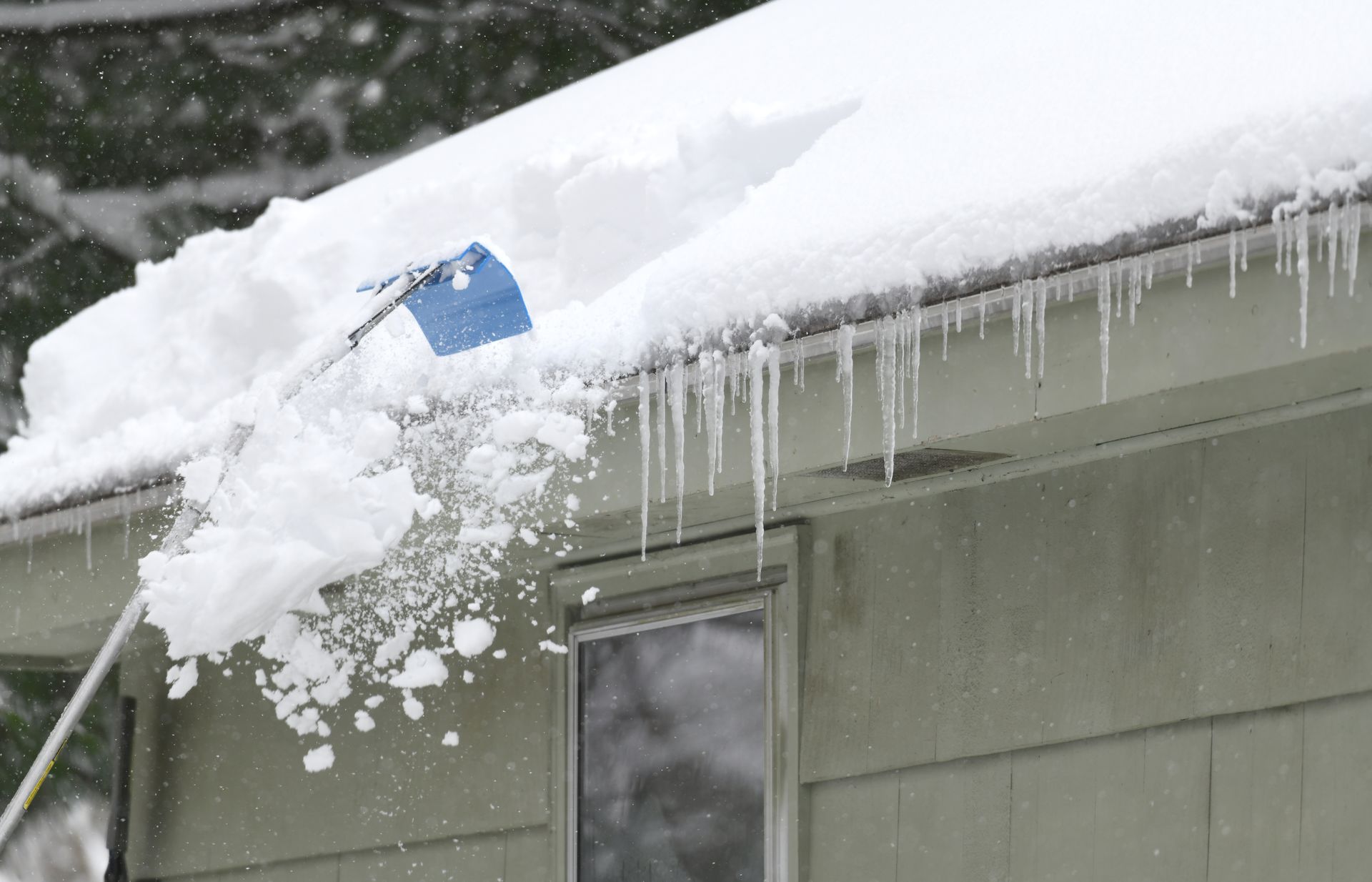Roofing and Exterior Home Improvement Contractors Serving Western MA
Hail Storms - How to tell you your roof is damaged: A Guide for Homeowners
If you've been living in a part of the country that's been experiencing severe weather, there's a good chance you have experience hail. Hail can cause serious damage to roofs, so it's important to be able to identify hail damage if it occurs. In this article, we'll outline how to tell if your roof has hail damage and what to do if it does.
Tell-tale signs of roof hail damage
Most people don't give their gutters and downspouts a second thought - that is, until they start leaking or overflowing. Then, they quickly realize the importance of keeping these critical components of their home in good working order. Fortunately, cleaning gutters and downspouts is a relatively easy task that can be completed in a few simple steps.
As a homeowner, it's important to be aware of the warning signs that your roof may have sustained damage during a storm. If you notice any of these hail damage warning signs, important to call a top roofing contractor in your area and schedule a roof inspection.
As a reminder, safety is the most important part of roof inspection and these should be conducted by observing on the ground - not by climbing on your roof. All roof inspections and roof repairs should be conducted by a licensed roofing contractor.
Signs of hail damage
Granules in your gutters
One of the most annoying and destructive types of weather is hail. It can shatter windshields, ruin roofs, and dents cars. And if you have hail damage on your roof, there's a good chance you'll find granules in your gutters. Roofing granules are small pieces of asphalt that are embedded with minerals like quartz or granite. They help to protect your roof from the sun's ultraviolet rays and also add to the aesthetic appeal of your home. When hail hits your roof, it can break off these granules from your asphalt shingles, leaving your roof vulnerable to further damage. In addition, the granules can clog up your gutters, causing water to back up and potentially damaging your foundation. If you find granules in your gutters after a hail storm, it's important to have your roof inspected by a roofing professional to determine the extent of the damage. This is a sure sign that damage has occurred to your asphalt shingles.
Dents or dings on your gutters and downspouts
After dangerous hail storms, you may find severe dents or dings on your gutters or downspouts. These dings are usually caused by large hail stones that fall from the sky during a storm. If you find circular dents or dings on your gutters or downspouts after a hail storm, there's a significant change your roof has sustained damage. If hail was large enough to dent aluminum gutters, it could be an indication that your roofing shingles are damaged. Any visible signs of large dents to your gutter system is a sign that it's time to schedule a roof inspection right away.
Dents on your roof valleys and roof vents
A common place to find hail damage on a roof is in the valleys and around the vents. The valleys are the areas where two slopes meet, and they tend to collect water. When hail hits the valley, it can dent the metal or break the shingles, causing leaks. The vents are another vulnerable spot because they are typically made of plastic or other lightweight metal materials. When hail hits the vent, it can shatter the material, leaving a hole that allows water to enter the home. From the ground, assess these areas and if you find large circular dents in the metal of the valley or on your roof vents, your roof may have hail damage.
Holes and cracks in your siding
Your home's siding is another easy-to-spot area from the ground when trying to assess hail damage to your roof. Inspect your exterior siding and look for circular marks and siding cracks. If you spot cracks in your siding after a hail storm, it's likely your roof has hail damage that has to be repaired.
Stain marks on your ceiling
Inspect the interior ceilings of your home during a hail storm or after the storm has passed to see if you can identify any stain marks. Stain marks are typically circular and can form from water dripping through your roofing system into your attic and through to your ceiling. These stains are a sure sign that significant damage has occurred from the hail storm and it's likely you have cracked, missing or damaged shingles. Not only is this a sign of hail damage, it's an indication that your roof is in an active state of failure and water damage is occurring. If you notice stain marks on your ceiling, call a local roofing contractor for emergency roof repair right away!
Missing asphalt shingles
If you notice missing asphalt shingles after a hail storm, it's likely that your roof has sustained significant damage. Hail can break the shingles off of your roof and leave it exposed to the elements. This can lead to further damage, such as water infiltration and mold growth. If you have missing asphalt shingles, it's important to have your roof inspected by a professional as soon as possible.
Car damage
If you or your neighbors park your cars outside in a driveway or on the road, you should be able to see if your cars experienced denting from hail. The exterior of a car is built to handle hits from small hail storms but larger hail can cause substantial damage and costly repairs. Large areas of car hail damage can be an indicator that your roof has received extensive damage as well.
What to do if you have roof damage caused by hail?
The first step after a hail storm is to follow the recommendations we listed above to do a general inspection to see if you can identify hail damage to your roof. Noticing any of the signs such as granules in your gutters, dents and dings on your gutters, siding, downspouts, roof valleys, stains on the ceiling and other signs can mean there's reason enough to contact a local professional roofing contractor. Schedule your roof inspection right away! While scheduling an inspection, be sure to go over insurance claims questions and the process with your roofer as they may have suggestions to follow and hail damage claims experience. Lastly, while waiting for your roof inspection, we sure to protect your belongings and do your best to minimize any potential damage - this can include moving furniture, rugs, and electronics as well as tarp areas to minimize water damage. Remember, climbing on roofs is dangerous, especially after a storm, so make sure any preventative actions you take can be done on the ground - leave the repairs to the professionals.
Protect Your Home After A Hail Storm - Schedule a hail damage roof inspection
Hail storms can cause extensive damage and it's important to be as prepared as possible. Be sure you know how to spot hail damage on your roof, siding and gutters as well as how to deal with any damage that is discovered. By being proactive and knowing what steps to take after a storm, you can help minimize any further damage and get the repairs you need to protect your home.
If you have any questions about storm damage or hail damage and how to deal with it, be sure to contact Roof Pros. Our team of emergency roofing experts are here to help you through every step of the process - from inspections and repairs to insurance claims. Roof Pros are experienced in roof hail damage and can provide a hail damage roof inspection and emergency roof repair services throughout Western Massachusetts. Contact us at (413) 707-7663 or contact us online.


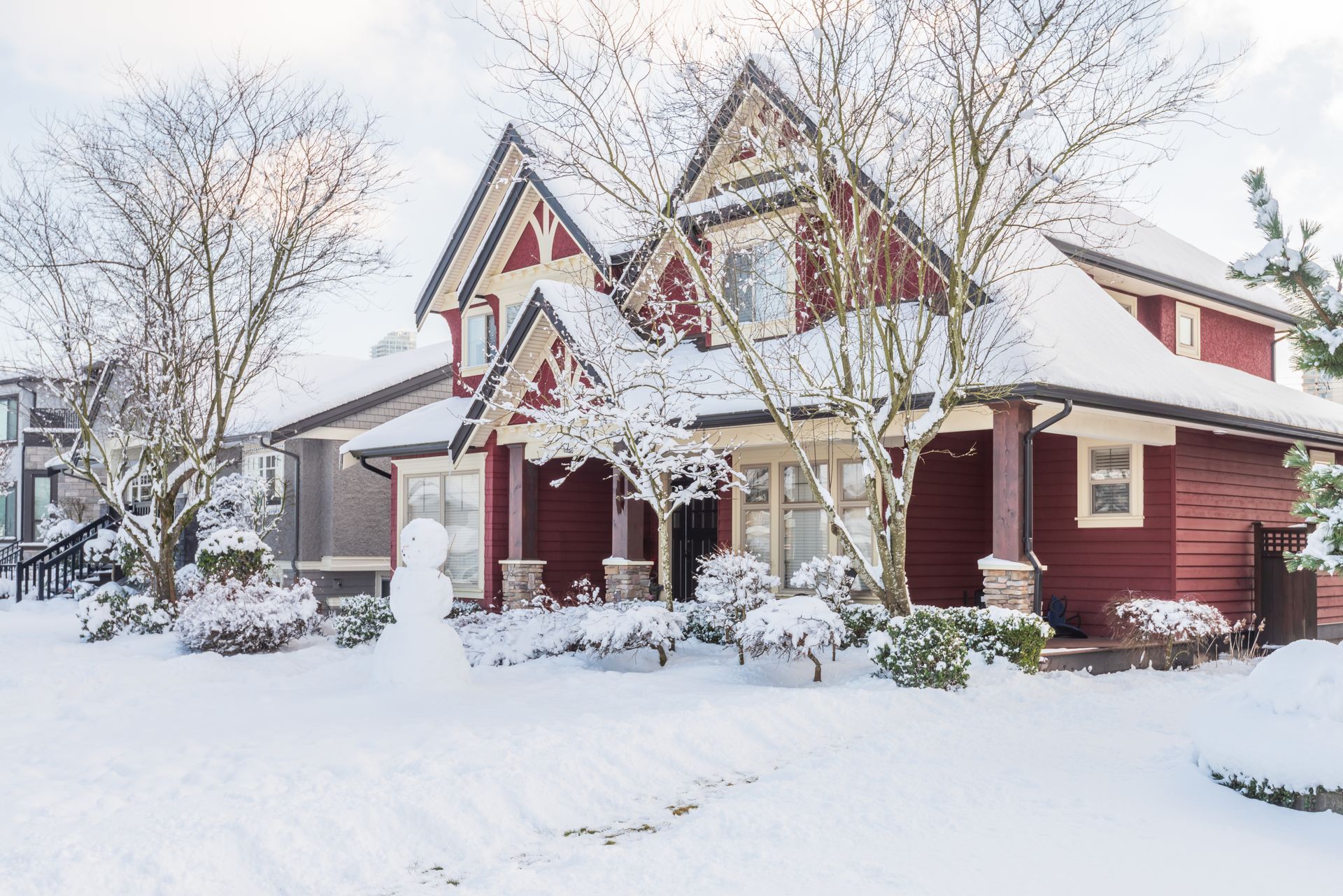


NRB ROOF PROS specialize in all exterior home improvement projects including new roofs, roof repairs, gutter installation, siding installation and snow removal. NRB ROOF PROS services home owners and businesses in Western MA including Hampden County, Hampshire County and Franklin County.
LOCATION
Office:
510 New Ludlow Rd, South Hadley, MA 01075
Hours:
Mon - Fri: 7am - 5:30pm
Sat: 8am - 1pm
Sunday: Closed

